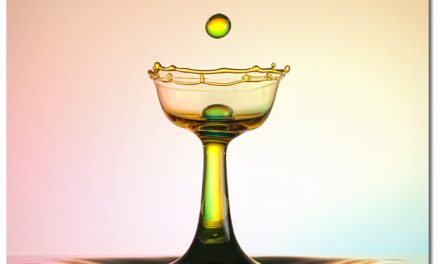Pineapple Enzyme Kills Cancer Without Killing You
Could an extract of pineapple fruit be both safer and more effective than a blockbuster chemotherapy agent?

Every once in a while a study pops up on the National Library of Medicine’s bibliographic citation database known as MEDLINE that not only confirms the therapeutic relevance of natural substances in cancer treatment, but blows the conventional approach out of the water. Published in 2007 in the journal Planta Medica, researchers found that an enzyme extracted from pineapple stems known as bromelain was superior to the chemo-agent 5-fluorauracil in treating cancer in the animal model. The researchers stated:
“This antitumoral effect [bromelain] was superior to that of 5-FU [5-fluorouracil], whose survival index was approximately 263 %, relative to the untreated control.”

What is so remarkable about this research is that 5-FU has been used as a cancer treatment for nearly 40 years, and has been relatively unsuccessful due to its less than perfect selectivity at killing cancer, often killing and/or irreversibly damaging healthy cells and tissue, as well.
As a highly toxic, fluoride-bound form of the nucleic acid uracil, a normal component of RNA, the drug is supposed to work by tricking more rapidly dividing cells — which include both cancer and healthy intestinal, hair follicle, and immune cells — into taking it up, thereby inhibiting (read: poisoning) RNA replication enzymes and RNA synthesis.
The material safety data sheet (MSDS) for 5-FU states:
The dose at which 50% of the animals given the drug die is 115mg/kg, or the equivalent of 7.8 grams for a 150 lb adult human.

Keep in mind that a 7.5 gram dose of 5-FU, which is the weight of 3 pennies, would kill 50% of the humans given it. Bromelain’s MSDS, on the other hand, states the LD50 to be 10,000 mg/kg, or the equivalent 1.5 lbs of bromelain for a 150lb adult, which means it is 3 orders of magnitude safer!

How then, can something as innocuous as the enzyme from the stem/core of a pineapple be superior to a drug that millions of cancers patients over the past 40 years have placed their hopes of recovery on, as well as exchanging billions of dollars for?
There is a well-known effect associated with a wide range of natural compounds called “selective cytotoxicity,” whereby they are able to induce programmed cell death (the graceful self-disassembly known as apoptosis) within the cancer cells, while leaving healthy cells and tissue unharmed. No FDA-approved chemotherapy drug on the market today has this indispensable property (because chemicals don’t have behave like natural compounds), which is why cancer treatment is still in the dark ages, often destroying the quality of life, and accelerating the death of those who undergo it, often unwittingly. When a person dies following conventional cancer treatment it is all too easy to “blame the victim” and simply write that patient’s cancer off as “chemo-resistant,” or “exceptionally aggressive,” when in fact the non-selective nature of the chemotoxic agent is what ultimately lead to their death.
Keep in mind that bromelain, like all natural substances, will never receive FDA drug approval. Capital, at the present time, does not flow into the development of non-patentable (i.e. non-profitable) cancer therapies, even if they work, are safe and extremely affordable. This is simply the nature of the beast. Until we compel our government to utilize our tax dollars to invest in this type of research, there will be no level playing field in cancer treatment, or any treatment offered through the conventional medical establishment, for that matter. Or, some of us may decide to take our health into our own hands, and use the research, already freely available on possible natural cancer treatment, to inform our treatment decisions without the guidance of the modern day equivalent of the “priest” of the body, the conventional oncologist, who increasingly fills the description of an “applied pharmacologist/toxicologist” – nothing more, nothing less
Source: GreenMedInfo.com













